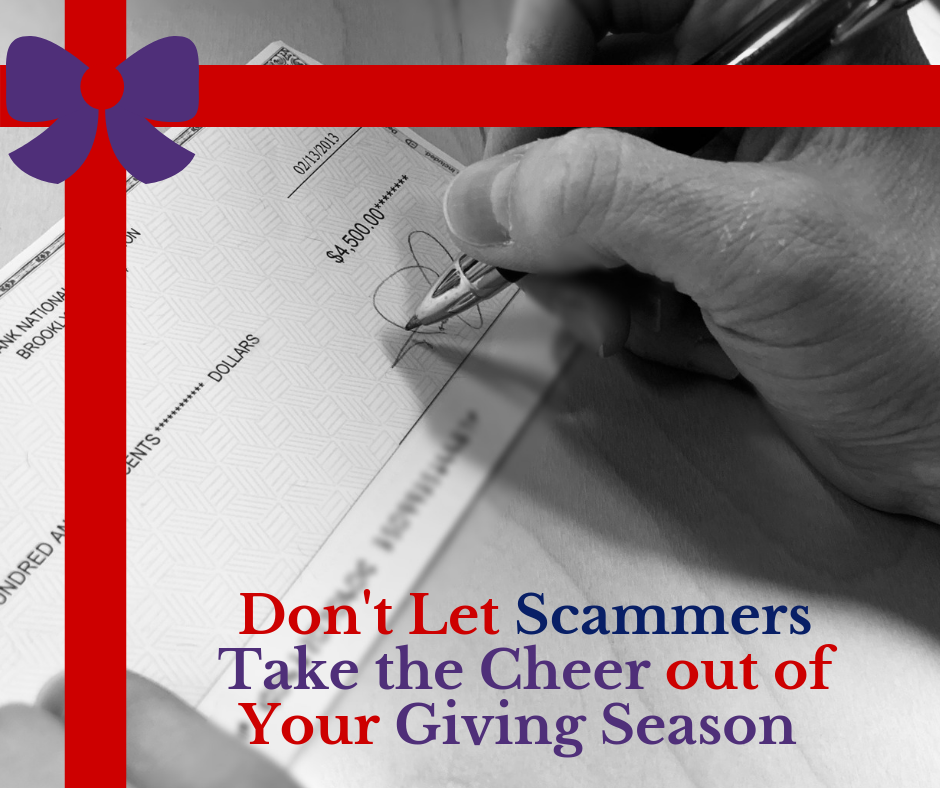 As a little girl, I fondly remember watching my dad open scores of charitable solicitations, some containing gifts of greeting cards or address labels, others with a simple request to help their cause. This giving season, I am now the one who opens the mail with thoughtful poise and consideration, “Which causes should I support this year?” In this time of giving, many of you may be asking the same question. To help you decide, I’ve outlined the steps that I take before giving:
As a little girl, I fondly remember watching my dad open scores of charitable solicitations, some containing gifts of greeting cards or address labels, others with a simple request to help their cause. This giving season, I am now the one who opens the mail with thoughtful poise and consideration, “Which causes should I support this year?” In this time of giving, many of you may be asking the same question. To help you decide, I’ve outlined the steps that I take before giving:
1. When I get a solicitation for a new cause that piques my interest, I research the cause before donating. Helpful websites, like Charity Navigator and the Better Business Bureau’s Giving Wise Alliance (BBB), have information on charities. Charity Navigator pulls its information from charities’ IRS tax documents and the BBB has an accreditation program for charities.
2. I check and double-check solicitation mailing addresses and phone numbers. I do this even with charities that I regularly contribute to. I always ask fundraising callers to mail me the solicitation so that I can check the contact information. If the mailing address and phone number does not pass this verification test, I contact the charity directly.
3. I look for paid fundraiser information. A paid fundraiser is a third-party solicitation company that, aside from the fundraising campaign, is not affiliated with the charity. This means that a portion of the funds raised are split between the charity and the soliciting business. Vermonters can ask if a third-party fundraiser is involved. When they are, however, they should disclose this information upfront. The Attorney General’s Office keeps a record of paid fundraisers registered in our state. All Vermonters can look to see how funds are allocated between the paid fundraiser under the charities section on our website. This information can also be requested by contacting the Consumer Assistance Program at 800-649-2424.
4. I am mindful about the presence of disaster scams. With the unknown that comes with natural disasters, giving following such events can seem imminent as evidenced by the aftermath of the California wildfires. Unfortunately, less scrupulous efforts may attempt to take advantage of those who want to help. Following the above tips will help to identify the scams. For more on this topic, check out our blog.
These steps help me verify that my money is going to the cause that I intend, and not to a scammer. It’s easy for a motivated scammer to create a realistic looking website to try to legitimize a fake charity. If you receive a solicitation that seems suspicious, but just aren’t sure, give the Consumer Assistance Program a call. We’ll help walk you through the steps that we would take before donating.
Contributing Writer: Crystal Baldwin is in her tenth year of service with the Consumer Assistance Program.
